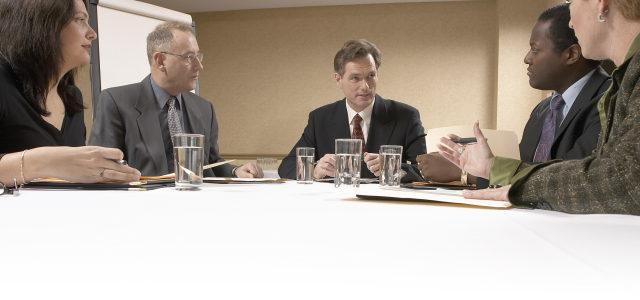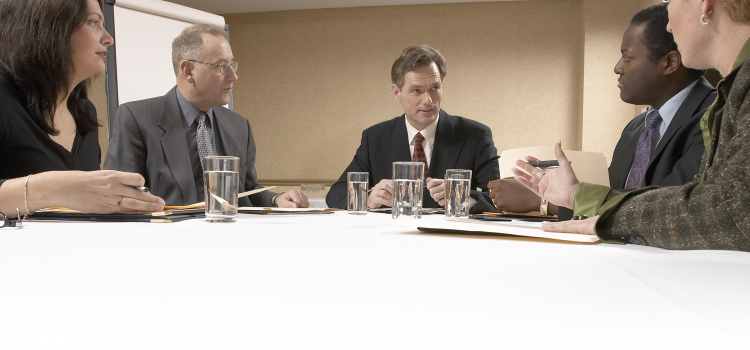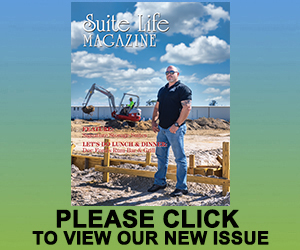

Repurposing Office Space a Prudent Investment
ROUND TABLE April 29, 2015 admin

In Southwest Florida, many of our commercial office buildings are designed with large, private offices built around a cluster of cubicles — the traditional way. But as our economy recovers and the workforce evolves, tenants are demanding a different type of office environment that’s in short supply in our market. In order to compete, the most successful owners and developers are not only rethinking their approach to new office construction and repurposing existing space to meet the needs of today’s workforce.
So much of our market’s large commercial office space is inefficient and obsolete as more people are working from laptops, tablets and other portable devices that don’t require the space that yesteryear’s computers and monitors once did. Individual offices have also fallen out of favor, as more businesses seek an open floor plan to facilitate collaboration and communication between workers.
An open floor plan also benefits businesses by accommodating more employees per square foot. This can make a huge difference to large call centers, educational and training facilities, and other service-related businesses, many of whom are finding Southwest Florida increasingly attractive as a place to locate. Unfortunately, many such businesses are also finding a shortage of functional, contiguous space totaling 10,000sf or more in a market like ours that has an oversupply of 2,500-10,000sf office spaces with traditional layouts.
That’s why local commercial owners and investors need to examine the way existing office space is used and repurpose it to accommodate the needs of today’s end users. Those that do are getting excellent results. One example is the Riverview Corporate Center in Bonita Springs, which was left with 50,000sf of build-to-suit space to fill when Source Interlink vacated. Even though there was nothing unconventional about it, it had to be significantly renovated to make it work for Hertz Equipment Rental Co. If we had more large blocks of “plug and play” office space, our market would attract more of the high-value businesses that we continuously target.
Now I’m not talking about just moving a wall or two, or repainting and recarpeting. That’s how it used to be done. These days, owners need to consider how the space will be used in the future and how it will accommodate the needs of a growing number of employees per square foot. In order to operate, companies typically need about half the space per employee that they used to (approximately 75-100sf vs. 150-200sf per person). More people means more of everything will be needed, including bathrooms and break rooms, a higher-capacity HVAC system and other structural and mechanical improvements.
Owners who want to stay competitive will anticipate the need for such upgrades and be proactive about maintenance. So why aren’t more owners doing this? Their main objection is the cost of improvements, which they usually view as an expense to be amortized over the term of tenancy. Instead, they should think of it as an initial investment to be amortized over the economic life of the asset — an investment that will add value to their property.
They should also consider the cost of NOT investing in their asset. It’s not about the money you don’t have to spend. The real cost is the money you won’t get; the CAM you won’t get and the rents you won’t collect. The real cost is the out-of-pocket expense you’ll face to keep your asset from depreciating. Now is the time to repurpose and renovate, while interest rates as low as they are and tenant demand is great. Going forward, owners who succeed will be those who understand that they’re not building out a property or improving a space for a single tenant or lease term.
They’ll recognize that today’s investment will carry their asset through the next 20 or 30 years.
Gary Tasman is CEO and principal
broker of Cushman & Wakefield|Commercial
Property Southwest Florida, based in Fort
Myers. With 30 years in the real estate
industry, Tasman’s expertise includes all
aspects of commercial brokerage, development
and financial feasibility analysis.
For more information, please contact him
at (239) 489-3600 or gtasman@cpswfl.com
or visit www.cpswfl.com.








